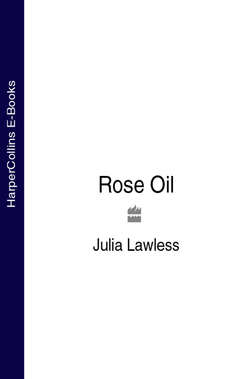Читать книгу Rose Oil - Julia Lawless - Страница 10
ОглавлениеCHAPTER THREE
The Rose as a Twentieth-Century Remedy
A rose is a rose is a rose …
Gertrude Stein, from ‘I am a Rose’ in Sacred Emily
Despite its rich traditional heritage as a folk remedy, by the beginning of the twentieth century the rose had almost vanished from Western medicine. In 1907, the rose growers of the Provence region in France obtained a government warrent that their unguents derived from roses would be used in all French public and military hospitals. In Britain, however, only the wild or common Dog Rose (R. canina) retained its medicinal uses. During the Second World War, for example, it was common for children to be dosed with rose hip syrup, due to its high vitamin C content. The chopped fruits are also still occasionally used as a folk remedy in the form of a decoction for a variety of disorders:
… two and a half teaspoons finely cut fruit per cup of water, boiled for 10 minutes to achieve optimum vitamin C content, several times a day against constipation, colds, gall disorders, and disorders of the kidneys, and bladder; also as a spring tonic and against general exhaustion.1
Red rose petals from R. gallica were listed in the British Herbal Pharmacopoeia until the 1930s, mainly as a mild astringent and to flavour other medicines. By 1983, however, only the hips of R. canina are mentioned in connection with gastritis, diarrhoea and poldipsia, and as ‘a dietary supplement as a natural source of vitamin C, together with small amounts of A and B vitamins’.2
